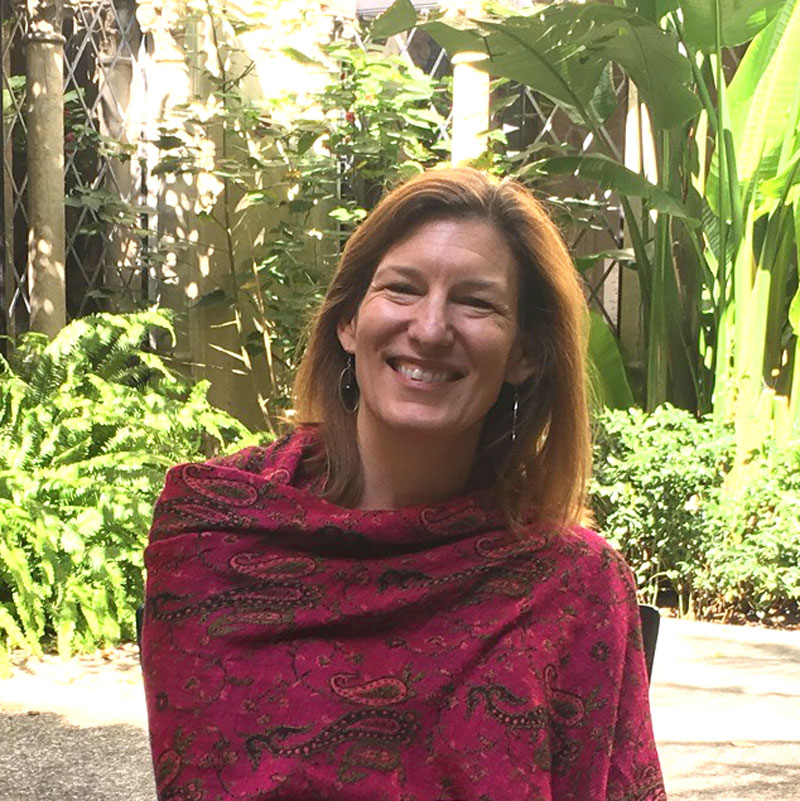Offering equity pricing for services is one way to put values into tangible action.
It is an acknowledgement that people come from a variety of economic backgrounds and do not have equal access to goods and services. A tiered pricing system attempts to provide increased access for persons who might not otherwise be able to afford an opportunity. It also allows those with abundant resources to pay it forward by donating to the scholarship fund to ensure this structure remains viable.
As a child I grew up in poverty, which carried with it limited access to many things including at times adequate food, housing, and transportation. There was a lot of shame associated with our financial status. As an adult I have access to all I need and most of what I want. There is a lot of shame associated with my financial status.
I value what I offer and wish to share my resources as generously as possible, to reduce barriers and shame associated with finances at any end of the continuum.

Guidelines
Where do you fall in tiered pricing?
Abundance to Share
This tier is for those who have ample income to share. You belong here if:
You want to “Pay It Forward” by paying above cost.
The extra portion goes toward the scholarship fund and helps ensure we can maintain a high level of generosity in pricing.
Choosing this higher rates increases opportunities for services to those less financially fortunate.
Actual Price
This tier is the price that everyone would pay without equity system. Most people will belong here if:
You don’t worry about being able to meet your basic* needs.
You have expendable** income and can get most of what you want.
You can cover your expenses, including unexpected ones.
You have regular access to health care.
You can afford vacations, take time off, and holidays.
Discount Price
This tier acknowledges that paying the full cost might prevent you from participation. You belong here if:
You experience stress in meeting your basic* needs but are still able to achieve them.
You have to budget carefully for use of any expendable** income.
You are adjusting to a life shift that impacts your finances (school, divorce, illness, etc).
You are in school or work in a low pay- high stress job.
You have access to health care, though sometimes go without.
You can take a some vacations or time off without financial burden.
Budget Price
This tier acknowledges that paying the full will prevent you from participation. You probably belong here if:
You struggle to meet your basic* needs. You live paycheck to paycheck.
You have no or very limited expendable* income; you cannot attend or purchase things you want.
You are a student or work in community service which is high stress and lo
You qualify for government assistance including food stamps & health care.
You cannot always afford health care and then go without.
You cannot afford a vacation or have the ability to take time off without excessive financial burden.
* Basic Needs include food, housing, health care, and transportation.
** Expendable Income might mean you are able eat out, go for coffee, get your nails/ hair done, go to the movies or a concert, buy new clothes, books, and similar items each month, etc. You can take time off and away.
Still cannot afford to attend, but really want to?
Despite the discounted pricing, if you are still unable to afford an opportunity, please contact Heather directly and we’ll see what might be possible.
This system thrives on trust. I trust you to be honest in your assessment of your economic reality and to pay fairly for the services provided.
There are a limited amount of discounted and budget reservations. Please be mindful that if you purchase a price at the lowest end of the scale when you can truthfully afford the higher price, you are limiting access to those who truly need the gift of financial flexibility. Being honest is respectful of my practice, and my own financial obligations. When I am paid fairly, I am able to invest more time and resources to free and lower cost offerings.

If you are interested in the concepts behind equity pricing here are some further reflections and resources:
If paying for a class, product, or service would be difficult, but not detrimental, it qualifies as a sacrifice. You might have to cut back on other spending in your life (such as going out to dinner, buying coffee, or a new outfit), but this will not have a long term harmful impact on your life. It is a sacred sacrifice in order to pursue something you are called to do.
If, however, paying for a class, product, or service would lead to a harmful impact on your life, such as not being able to put food on the table, pay rent, or pay for your transportation to get to work, then you are dealing with hardship. People coming from a space of hardship typically qualify for the lower end of the sliding scale.
I find the idea of sacrifice versus hardship to be a useful nuance when talking about class and access because it recognizes and respects that paying for something might still be a challenge even if it is just a short-term one, while giving appropriate space for those who are dealing with true financial hardship.
Gratitude to Alexis J. Cunningfolk for thoughtful work in formulating an easy means for developing a pricing structure that supports my mission driven business.
Much of the language here has been derived from Alexis in whole or part.
For more, check out The Sliding Scale: A Tool of Economic Justice.





